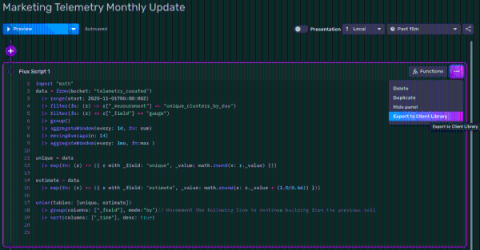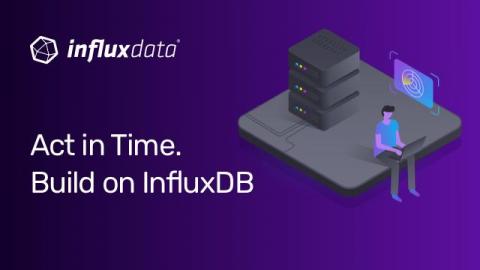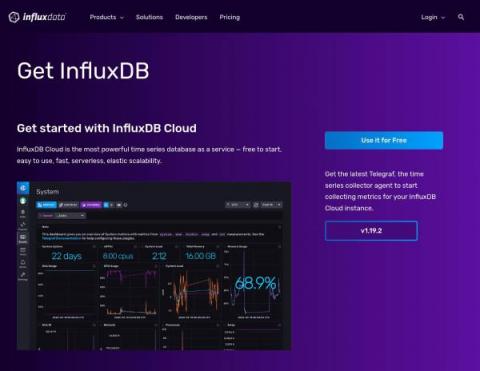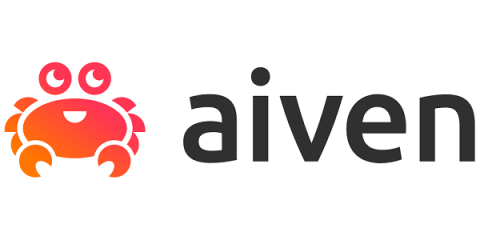Anodot Captures the 2021 Online Shopping Outlook from Retailers & Consumers
It’s the second holiday season since the pandemic broke out but, with many brick-and-mortar stores reopened, will it be more like 2020 or 2019? Will shoppers stick to online behemoths like Amazon or will they shop in-store? And how are retailers planning to offer a competitive experience amid ongoing supply chain issues? We partnered with Researchscape to survey thousands of eCommerce companies and consumers in the U.S. about their plans for this holiday season.










